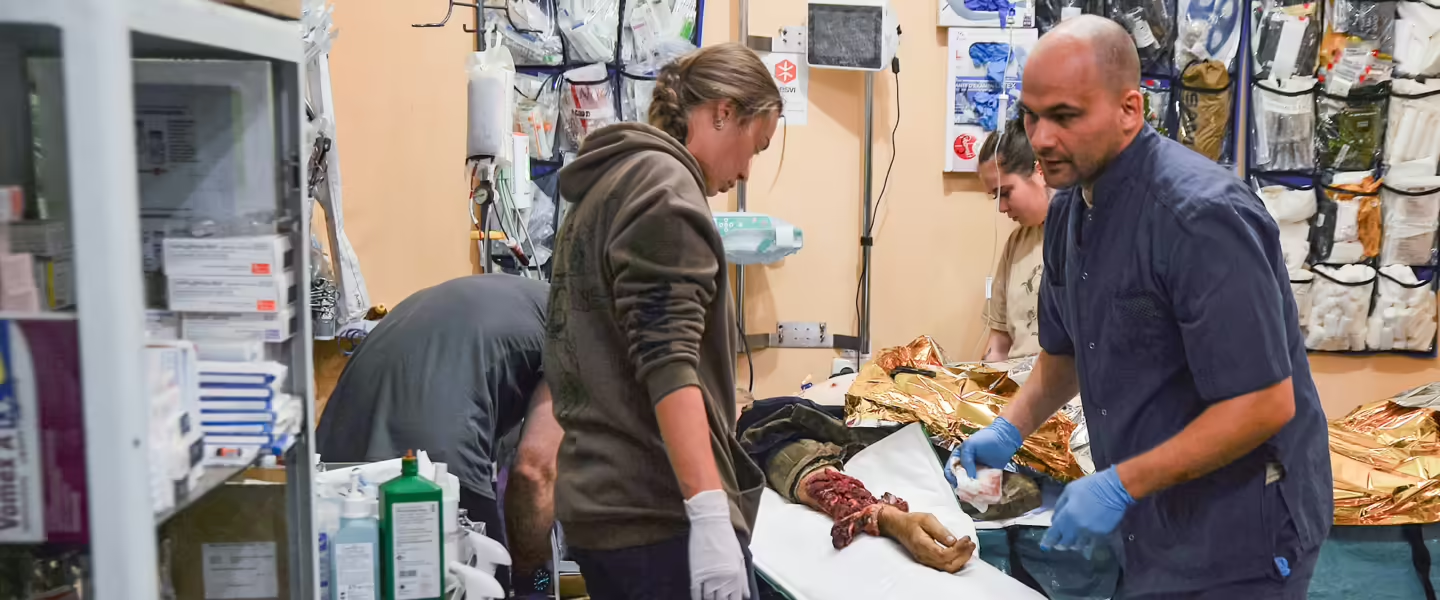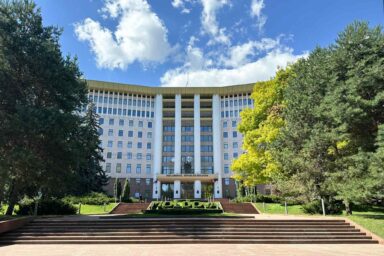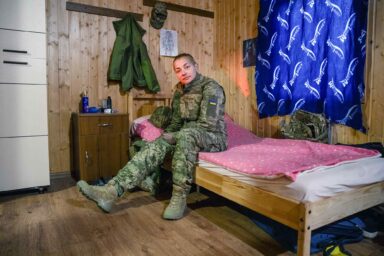Ukraine not only has to worry about Russia stepping up its attacks in the east, but also whether Donald Trump’s win means a reduction of aid from the West.
|
Listen To This Story
|
CHASIV YAR, Ukraine — The house is indistinguishable from any of the small bungalows you typically find flanking the dirt roads of small villages in eastern Ukraine. The sun shines outside, and the street seems quiet except for an occasional passing vehicle.
Inside, the veneer of calm is shattered by the frenetic efforts of medics trying to save the life of a young soldier hit by a mortar only two hours earlier. A deep gash in his leg pierces his thigh. He is stretched out on a gurney in the living room. As a surgeon and a half-dozen medics desperately try to stabilize him, he passes in and out of consciousness. His forearm has been almost completely hollowed out. Inside the wound, nothing is where it should be. The medics try to fill the gaping holes with huge amounts of gauze. By the time they manage to clean and bandage his arm, his hand has already turned a ghastly gray. Kostya, the house’s lone surgeon, tells us that the arm will very likely have to come off. “But what we are trying to do here,” he says,” is to save his life.”
We are less than 8 miles from the city of Chasiv Yar, and the front line. The house we are in is just one of many stabilization points, familiarly known as “stab points,” that are spread along the front line. Concealed in ordinary houses and sometimes in bunkers, the stab points serve as makeshift emergency rooms providing immediate urgent care before the wounded can be moved to formal hospitals.
The house we are in has been operated by Ukraine’s 56th Motorized Brigade since last spring. The Brigade has been holding the front line in this area for nearly a year. The stab point has one objective: to keep the wounded alive until they can get more comprehensive care later on.
The young soldier we’ve just observed is finally bandaged up and hustled out the door to a waiting military ambulance. A few moments later, it speeds him toward a hospital a few miles up the road.
While waiting for new wounded to arrive, the medics look at social media or catch a smoke while lounging on furniture made from shipping pallets in the yard outside. While waiting, we hear intermittent artillery fire in the distance. A short while later, bursts of machine gun fire erupt across the valley. It stops as abruptly as it started. Silence ensues, and then we hear that six wounded soldiers are on their way to our location. This time, they are labeled “greens.” That means that their wounds are not too serious.
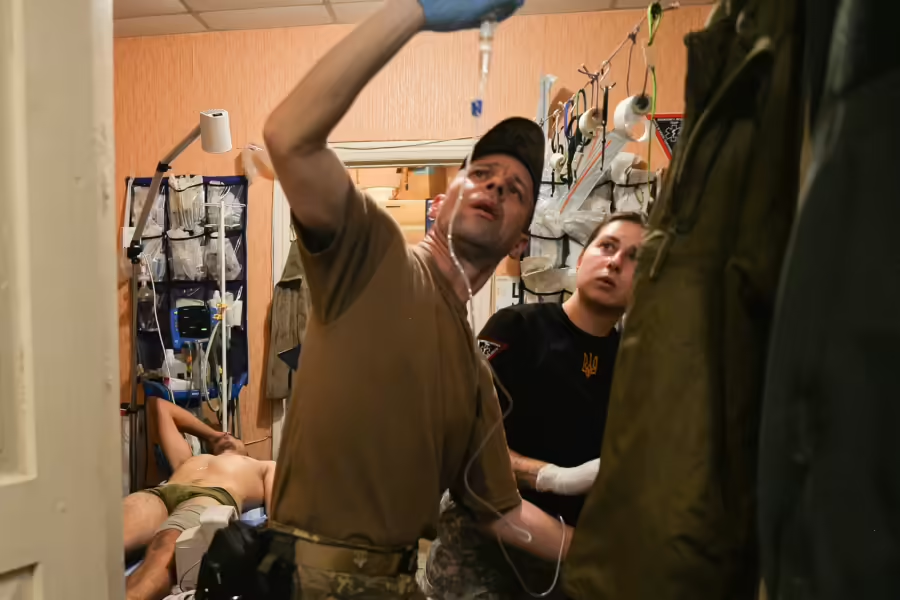
It takes several hours and the sun is beginning to set before they arrive. When they are finally brought in, the stab point springs into action. Their uniforms are stripped away and placed in bags while the medics check for injuries that may have gone unnoticed.
As it turns out, most of the injuries are superficial wounds caused by shrapnel from an explosive device dropped by a Russian FPV (first-person view) drone. The drones may be the most feared weapon by men fighting at the front.
A young Ukrainian soldier in the group endures an agonizing half hour while one of the medics picks dozens of tiny shards of metal from his face. More soldiers with relatively minor injuries arrive during the night. Several soldiers are treated for an “acute reaction from stress. They were crouched together when an artillery shell exploded next to them. Although they have no visible signs of injury, the look of terror etched on their faces is no less haunting. The stab point brings the devastating reality of war into sharp relief.
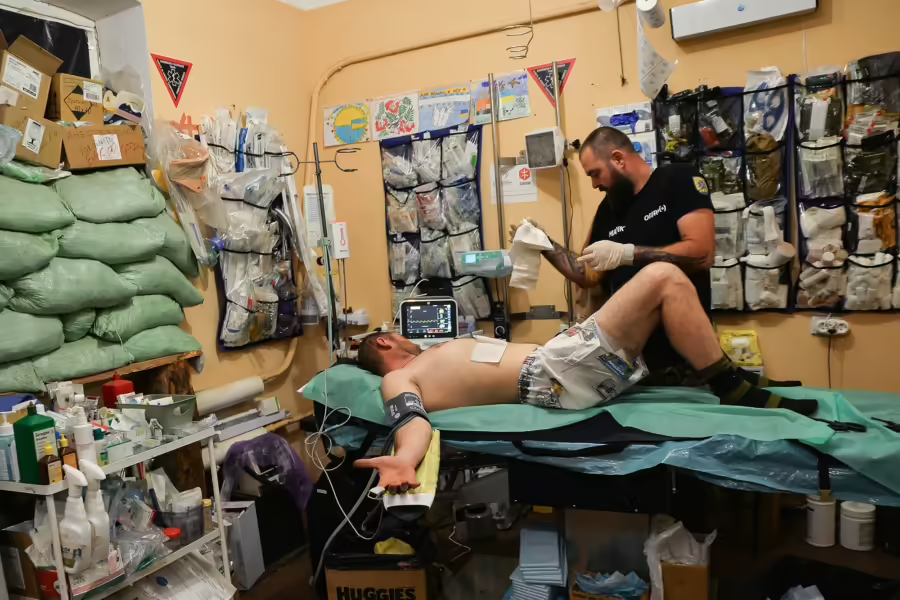
At night, the house is quiet. Ukrainians no longer try to evacuate the wounded under cover of darkness. The risk of being spotted by a drone equipped with thermal cameras is too great. Unless a wound is life-threatening, it’s better to provide initial treatment at the stab point and then wait for daylight to try to move him. At another stab point nearby, a soldier arrived with his foot nearly amputated by a mine. He had to wait 20 hours before he could be moved.
Kostya, the surgeon, says that every day is different. A few months ago, arrivals had been slow enough for medics to catch up on sleep in a second treatment room. “That feels like a different life,” Kostya says. These days, medics have to adjust to larger numbers of soldiers arriving at the same time. Recent donations made it possible to buy a mobile stab point — a 2-ton trailer that can be used to treat a single serious“red”patient or several greens on just an hour’s notice.
The rising tide of Ukrainian wounded is an indication that the situation is worsening for Kyiv on the Donbas front. If the Russian advance continues, Kostya thinks the current stab house will need to be abandoned. “We can’t plan anything,” he says. “When we get orders to move, or the house gets bombed, we will just move to the next village.”
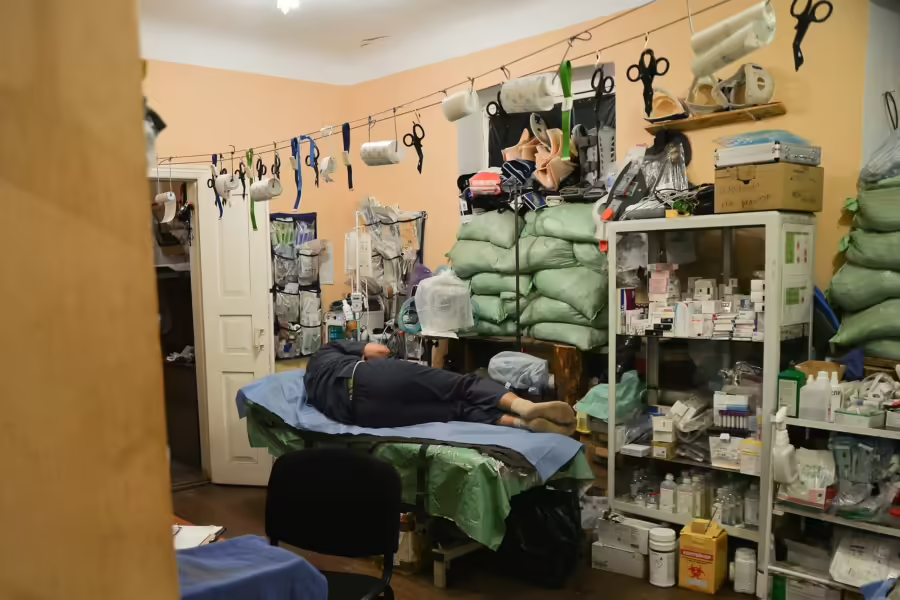
Following a summer of unrelenting Russian advances across vast swaths of eastern Ukraine, the Donetsk region faces perhaps its most significant threat to date. Chasiv Yar is located on top of a series of strategically important hills that overlook the cities of Kramatorsk and Sloviansk. So far, Chasiv Yar has managed to avoid a full-on Russian assault for more than a year. If it were to fall, Moscow would gain access to the northern half of the Donetsk oblast. The Russians would have a serious advantage in pushing further into the region. A counteroffensive would be extremely difficult for Ukraine to carry off.
Ukraine’s situation is not much better further south. Much of the region has been occupied by enemy troops since 2022, and Russian forces are now within several miles of Pokrovsk, a strategically important transport hub. If Russia can take both Chasiv Yar and Pokrovsk, it will be well on the way to achieving its 2014 goal of taking control of the entire Eastern Ukraine.
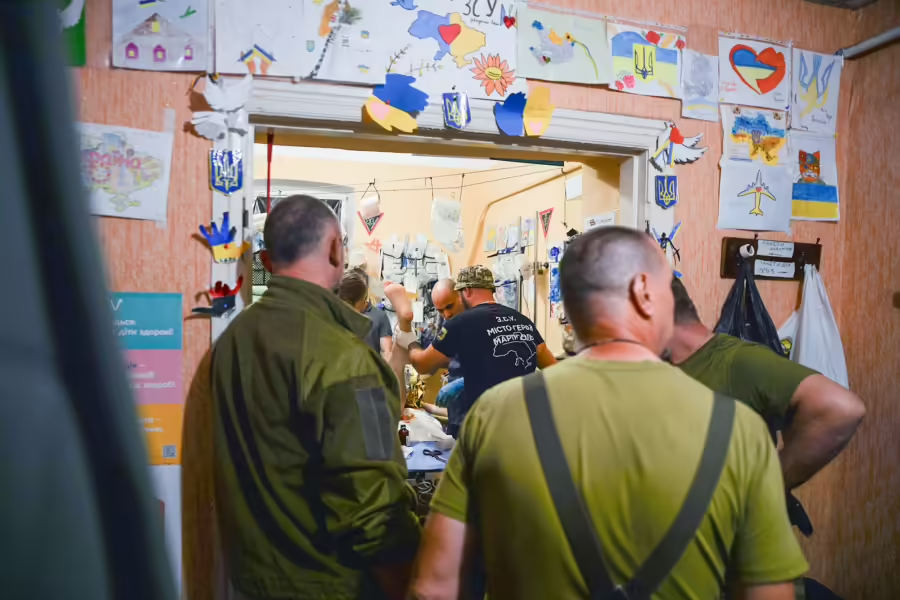
Ukrainian forces in the east are understandably nervous. The situation they face already looks bleak. The election of Donald Trump is forcing Ukrainians to think of what they would do without future support from the United States. The US and Europe may view his victory in abstract terms. On Ukraine’s front lines, it is now an urgent and frightening reality. The US accounts for 50 percent of Western aid to Ukraine, emphasizing weapons and ammunition. Ukraine is already struggling to have enough ammunition and weapons. Stopping American aid would have severe ramifications.
Chaisv Yar and Pokrovsk could well determine the outcome of the war as well as the future of Ukraine’s territorial integrity, and Trump’s election has not only greatly complicated matters for the country, but also for Kostya and his medics at the 56th’s stab point.
